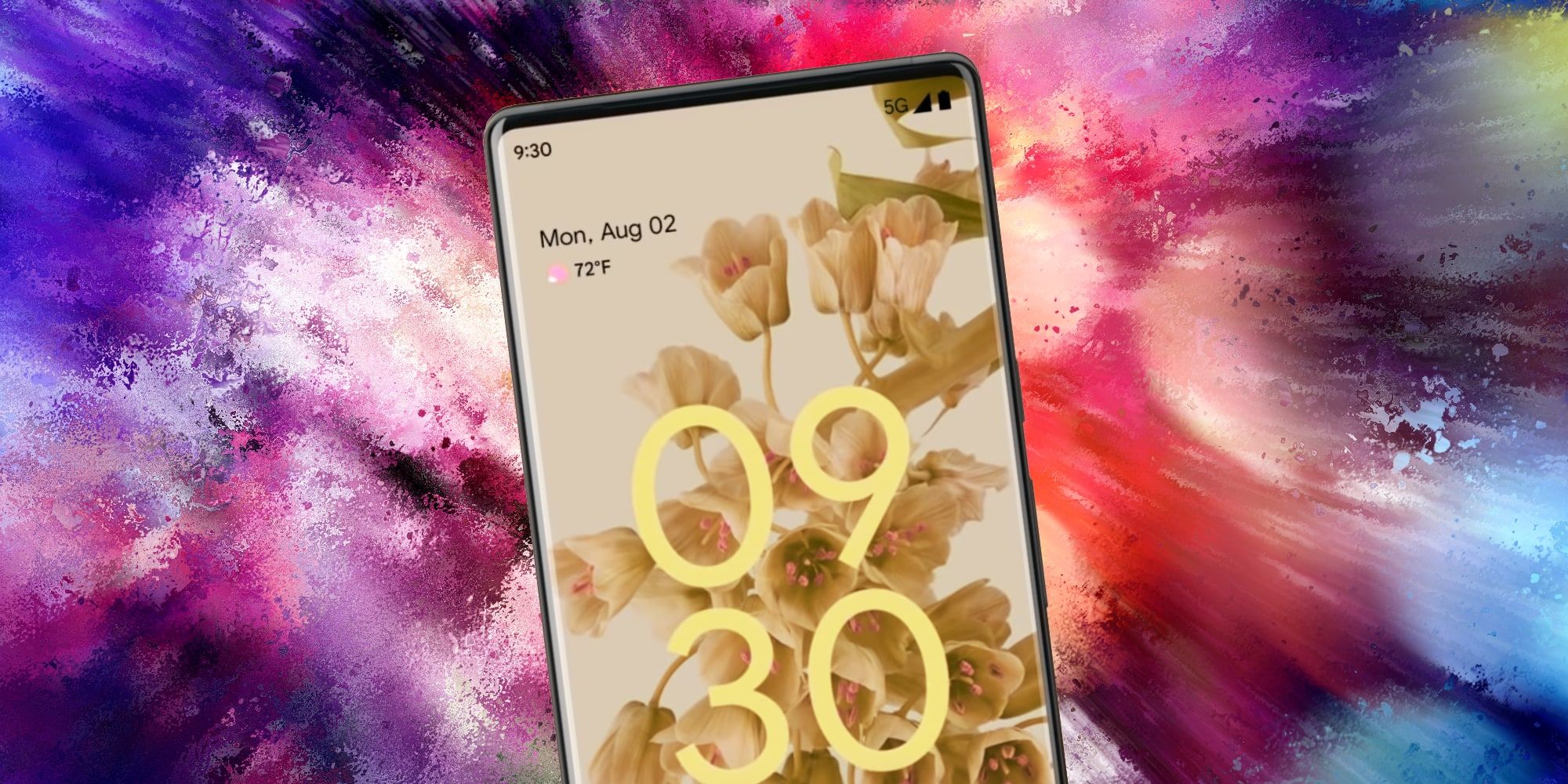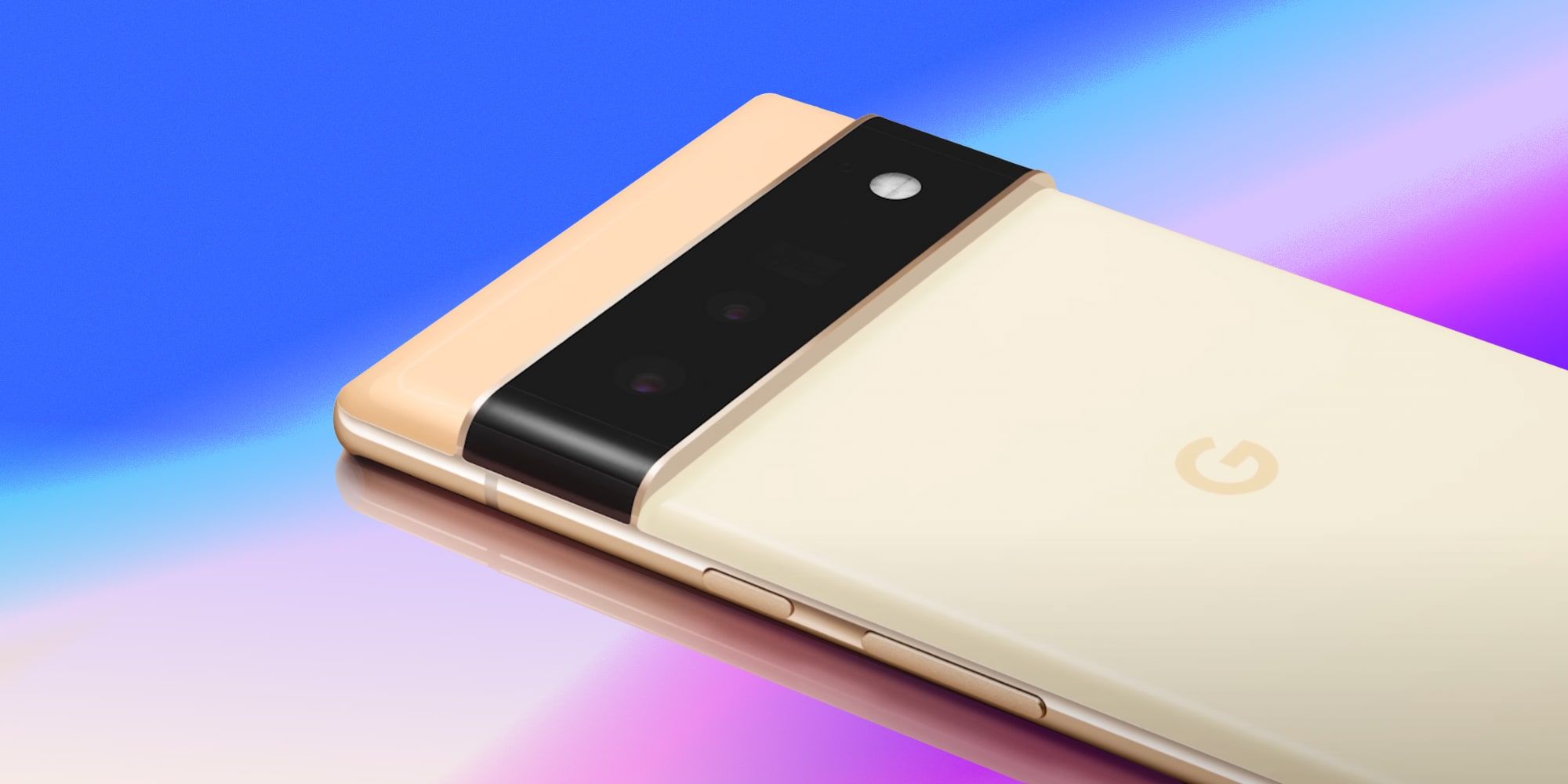An all-screen Pixel phone could be in development based on Google documents that have recently come to light, describing a new type of under-display technology with more variety. This could allow for multiple front-facing cameras and also a flash, something that could make this the best selfie camera to date. A new type of fingerprint sensor is mentioned as well, bringing improvements to various components with this latest screen technology.
Placing a camera behind the screen isn't a new idea but there is plenty of room for improvement. Since screen pixels block incoming light, there is a conflict between displaying content and allowing light to enter the camera. Current implementations split the difference, making a portion of the display dimmer and lower resolution, while the camera partially blocked by display pixels denies it the light needed for a top-quality picture. Axon has the world's first under-display camera, a dubious honor since most seem to agree that it wasn't well executed.
A recent Google patent application describes under-display technology that users a combination of devices that have light partially blocked and unblocked. While this is only a patent application and Google might never release a Pixel phone like this, the move to a hole punch camera in 2020 shows that the company is interested in gaining more screen space and the Pixel 6 Pro has the largest display ever for a Google phone. With sufficiently improved under-display techniques, Google could free more room while placing multiple front-facing cameras under the screen as well as a flash for better selfies in low light. The patent document describes all of this and more.
An All-Screen Google Pixel
The Pixel 6 series uses a fingerprint reader that's placed under the screen and, unfortunately, it has caused some problems. Google's patent application describes an alternate method that uses a conductive mesh or transparent conductors to sense touch and read the fingerprint. If it works more like current fingerprint sensors that are placed on the back of phones, that would be a big improvement over the Pixel 6's optical fingerprint reader that's currently considered a bit slow and affected by strong light.
Google's Pixel 3 series featured two front-facing cameras, a wide and an ultra-wide, giving the option to zoom in or out with no loss in quality, whereas the Pixel 6 Pro's standard view is actually a crop and upscaling of the ultra-wide view. Based on the patent document, a future Pixel could have multiple selfie cameras as well as a front-facing flash, which would help in low-light conditions and could provide fill light for backlit scenes. Google's patent application for under-screen technology could bring a Pixel phone with more screen space, a better fingerprint sensor, and multiple selfies.
Source: USPTO


